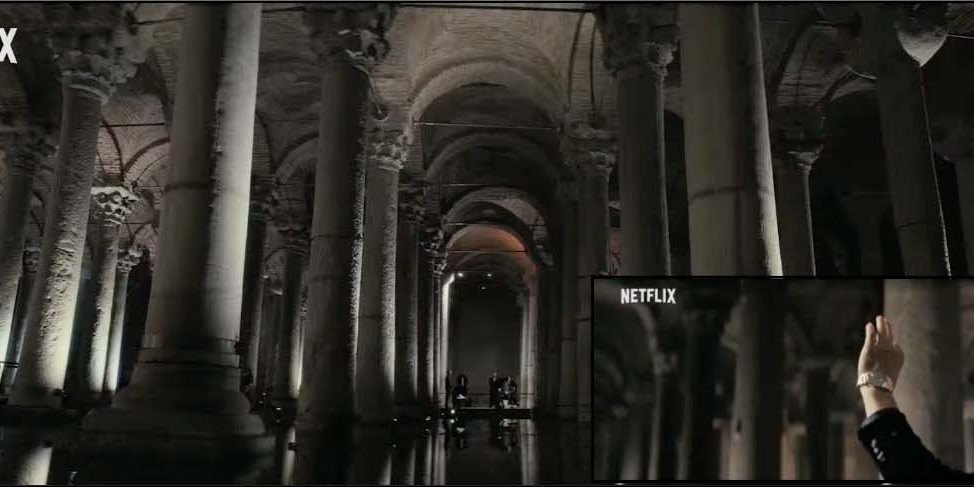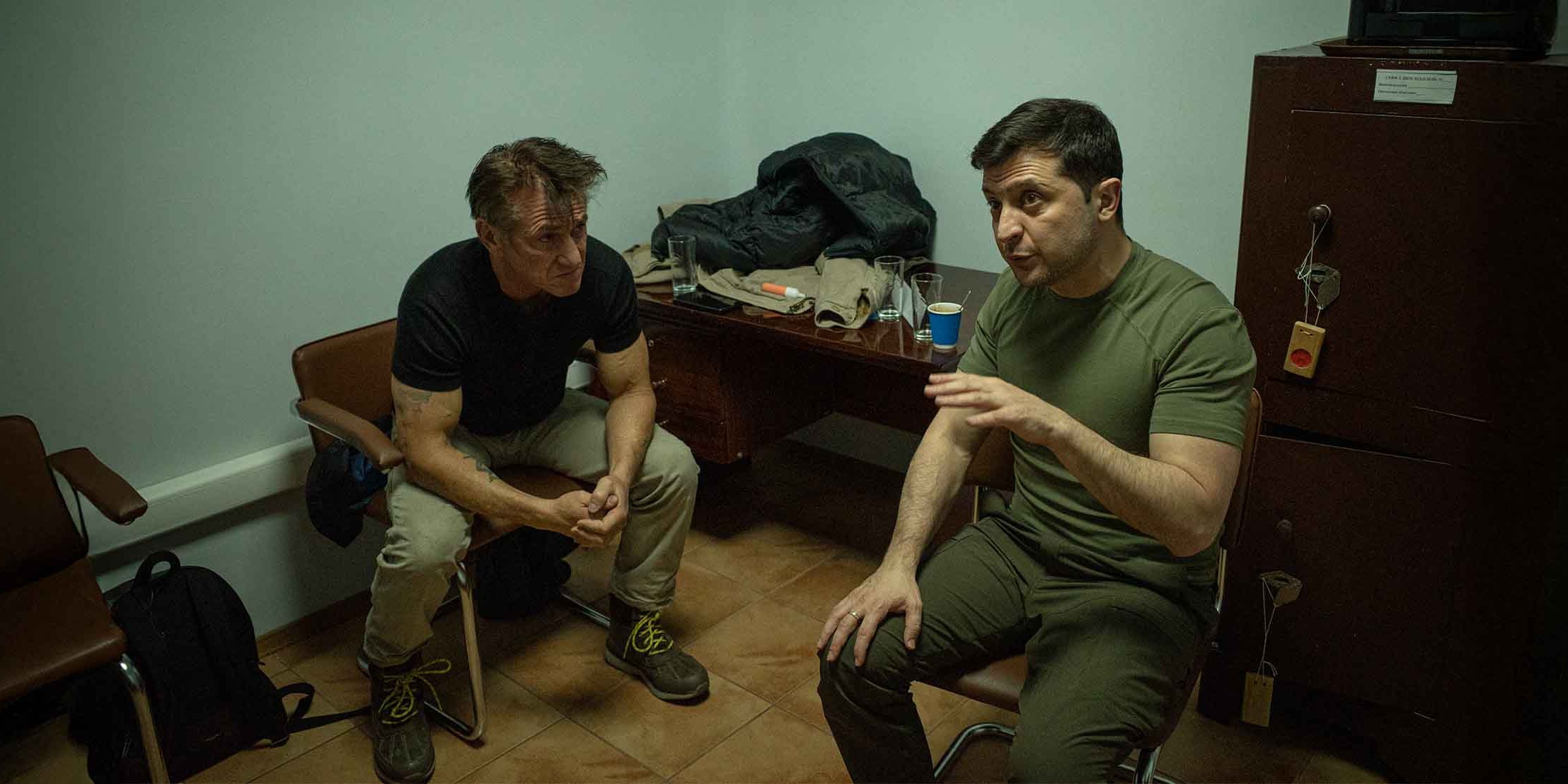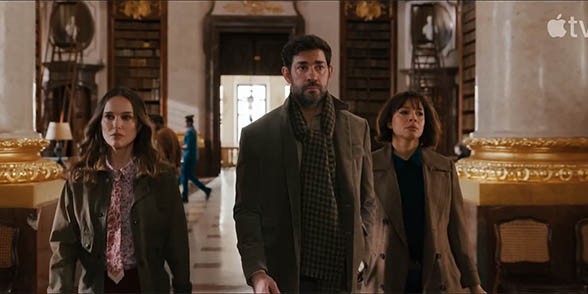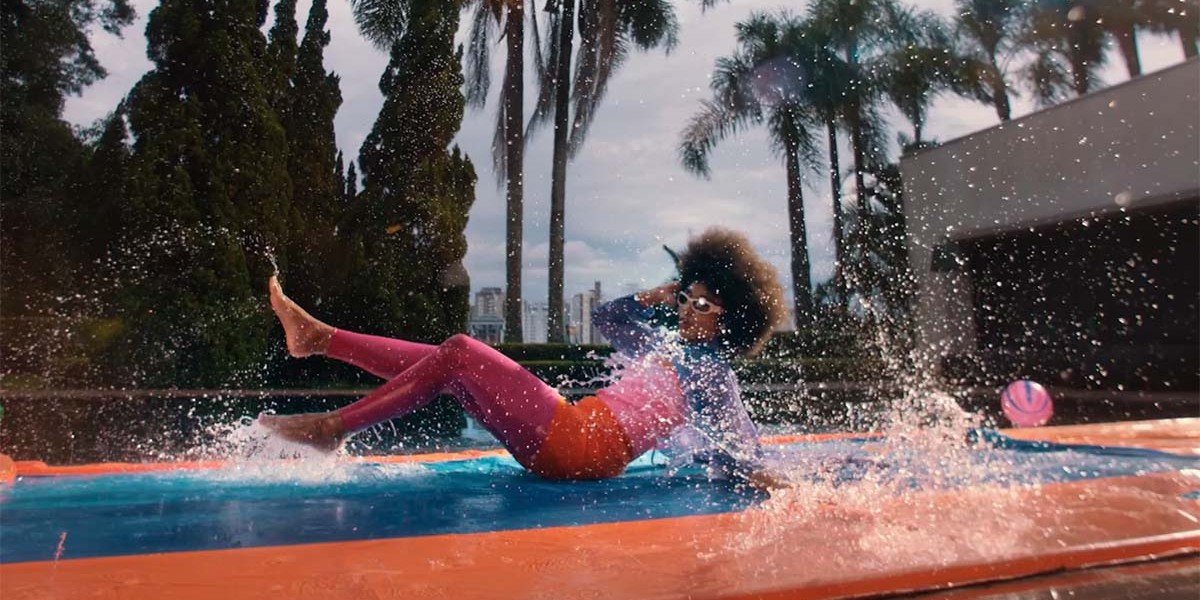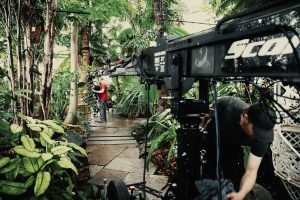Small is an asset for Uruguay – a commercial filmmaker’s choice destination that doubles for many major markets with the added advantage of opposite seasons. The PSN Uruguay team knows its niche and shares some local knowledge for film and photo producers to consider.
Q: Why do you think foreign producers choose to shoot in Uruguay?
A: Historically they’ve come for plenty of daylight hours, appealing and diverse locations, nice summer weather (during Northern Hemisphere’s cold months), and also as a cost-effective solution. We’re not alone in delivering that; but there’s more.
While our warmer months remain the busiest time of year, we’ve more recently noticed an uptick in the number of projects we’re shooting in our winter months. The fact is that Uruguay is a consistently reliable option amidst the ups and downs of more volatile countries producers sometimes consider. There is a level of certainty that producers we work with have come to expect. And we don’t disappoint.
The compact layout of Uruguay – able to deliver a wide variety of looks with small company moves – is an added value that boosts the creative while containing costs.
Our dedicated crews have helped our local industry stand out on its own despite our giant neighbors. Intrinsic to the Uruguayan DNA is an understanding that only by going the extra mile will we succeed. And our clients perceive it!
There’s a sports anecdote that sums it up pretty well: You can enjoy the wonders of Messi and the magic of Neymar… but nothing compares to the nerve and heart of Suarez!
And the heart goes a long way!
Q: How well does everyone speak English in Uruguay?
A: Spanish is the official language, but use of English is widespread. Few outsiders know that the first newspaper published in Uruguay was written in English. Our historical ties to the British date back to the 19th Century at a time when they introduced railroads, water works, packing industry, ports, and sports clubs.
Nowadays, Uruguay receives nearly as many visitors as its population of 3.5 million people. Tourism is a leader among the several export-oriented businesses that sustain our economy and encourage a bilingual workforce.
The result on set is that not only department heads but also many assistants and even drivers can fully understand and speak English.
Q: Does a DOP need to travel in, or do you have great local ones with reels to present?
A: A number of renowned DOPs from Uruguay have made their mark on the industry. From veteran cinematographer Cesar Charlone to the younger Pedro Luque or one of the world’s best underwater DOPs, Alejandro Berger.
Commercial DOPs from Uruguay known beyond our borders include Diego Rosenblatt and Augustín Claramunt. Proximity to Buenos Aires, just across the river, also makes it easy for us to tap into all the options available in Argentina.
Q: How about art, construction, and wardrobe in Uruguay?
A: All can be resolved locally. We have very good art directors, construction builders, and costume designers. Working with the talented Rodrigo Martirena or Alejandra Rosasco, to name a couple Uruguayans, is always a pleasure.
Sometimes a change of mindset helps. For example, while we don’t have huge rentals for period wardrobe as in London or Los Angeles, our local teams can deliver sensationally when given reasonable timeframes. We tailor specifically for the project, but when dressing big crowds a few more days prep is best to allow for. Commercial producers take note.
Q: What are the strong and weak points of casting in Uruguay?
A: We are a land of immigrants with a predominantly European blend that is complemented by Afro-Americans, East Asians, and those from the Indian sub-continent.
While casting Caucasians is never a problem, the pool of options for some other specific ethnic groups is not as deep as you would find in countries with more than a few million people. Nonetheless, as with DOPs, we have Buenos Aires just across the river. And its actors can work in Uruguay without the restrictions of Argentina’s talent unions.
Q: What is the best season to shoot in Uruguay and why?
A: From October to early May we offer plenty of warmth and sunshine with increased daylight hours.
Q: How might we recognize Uruguay in feature films?
A: Haha! This is quite an embarrassing question, since Uruguay is almost never portrayed as itself. For example, when Michael Mann shot Miami Vice here, Montevideo’s Old Town and Southern Promenade played Havana and its Malecón. Remember Collin Farrel and Gong Li walking there while conversing on how to get out of the dangerous drug lords’ scheme? That was Montevideo all along. The beach house scene was shot in nearby Atlántida.
Our country also doubled as Barranquilla and Geneva in that movie! So in just one feature film Uruguay played Cuba, Colombia, and Switzerland!
Blindness and The Informers are other feature films with scenes shot here that were set somewhere else on the planet.
That said, Uruguayan locations more frequently double as European settings or North American, even vintage. Our architecture, climate, nature, trees, and even our people are much more Euro in appearance than stereotypically South American.
Q: Does Uruguay have ample studio space? How about back lots?
A: We do have some studio options that can work fine, although they are not huge.
And while we don’t have back lots for the moment, we expect to in a couple years’ time. Our partner Nico is directly involved in the development of a brand new back lot project to be constructed near Punta del Este.
Q: Does your country have any tricky production requisites we need to know about?
A: Not really. Uruguay is shoot-friendly & service-oriented through and through.
No visa is required for Latin American, North American, European, Australian, New Zealand, nor Japanese citizens. The temporary admission of foreign assets or equipment is expedient, but it should be handled by our team, since under Uruguay legislation the local company is legally liable.
Permits are fast and movements are easy. There are specific protocols for shooting in Protected Areas – our DINAMA (Bio Ecological Preservation Office) can be bureaucratic –, but we know how to manage the paperwork to ensure a stress-free experience.
Q: What local delicacies or traditions do visitors enjoy during their stay in Uruguay?
A: This is a cowboy country with amazing beaches and divine meat so there’s nothing like our BBQs. The wood we use and the “love” we put into the fire is ritual-like. A sort of tribal energy emanates from the experience.
Although Uruguayan national dishes are built around beef, mixed salads, and red wine, Italian pasta is also very popular. As a matter of fact, a very good Italian Director (and friend) told me once that the al dente spaghettis he had here were amongst the best he’d had in his life…as in the best Italian trattoria.
Same happens with our extra virgin olive oils of outstanding quality. They can’t compete with the marketing machine behind some Spanish or Italian brands, but they are just as good or even better!
If in town for the beginning of Carnaval in February, Las Llamadas (the Callings) is a 2-3 day drum parade like no other. Or take a walk on the promenade most anytime and enjoy an impromptu tango.
Gaucho culture is alive and well in leather works and the mate infusion that packs a dose of nutrients and caffeine. No better way to gear up for another great shoot day in Uruguay.
Andrés Mailhos
At the helm of the first company in Uruguay specifically dedicated to A-Class production service sit Andrés Mailhos and Nico Aznárez. Demonstrating the standout advantages and allure of this compact South American nation for commercial and feature film production has been their calling for more than a decade.
These trailblazers have overcome the challenges of a developing market with tenacity to deliver a fluid workflow and rewarding shooting experience. Through evolving institutional and legal reforms and technological innovations Andrés has emerged as current Board President of the Uruguayan Audiovisual Chamber.
Finding solutions for clients is ingrained in the company culture at PSN Uruguay. The local know-how accumulated over the years is unmatched in Uruguay and makes it an alternative not to be missed in South America.

